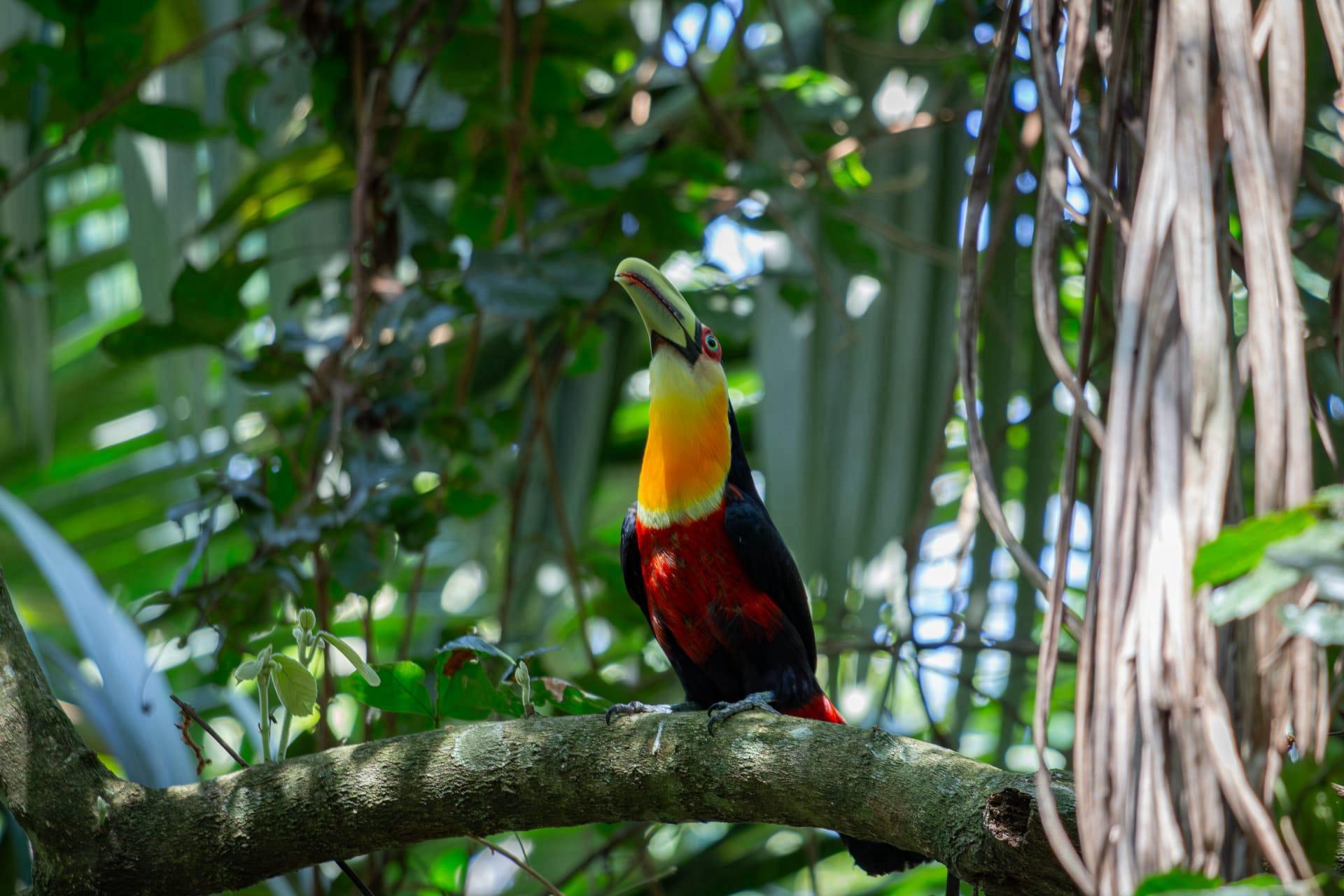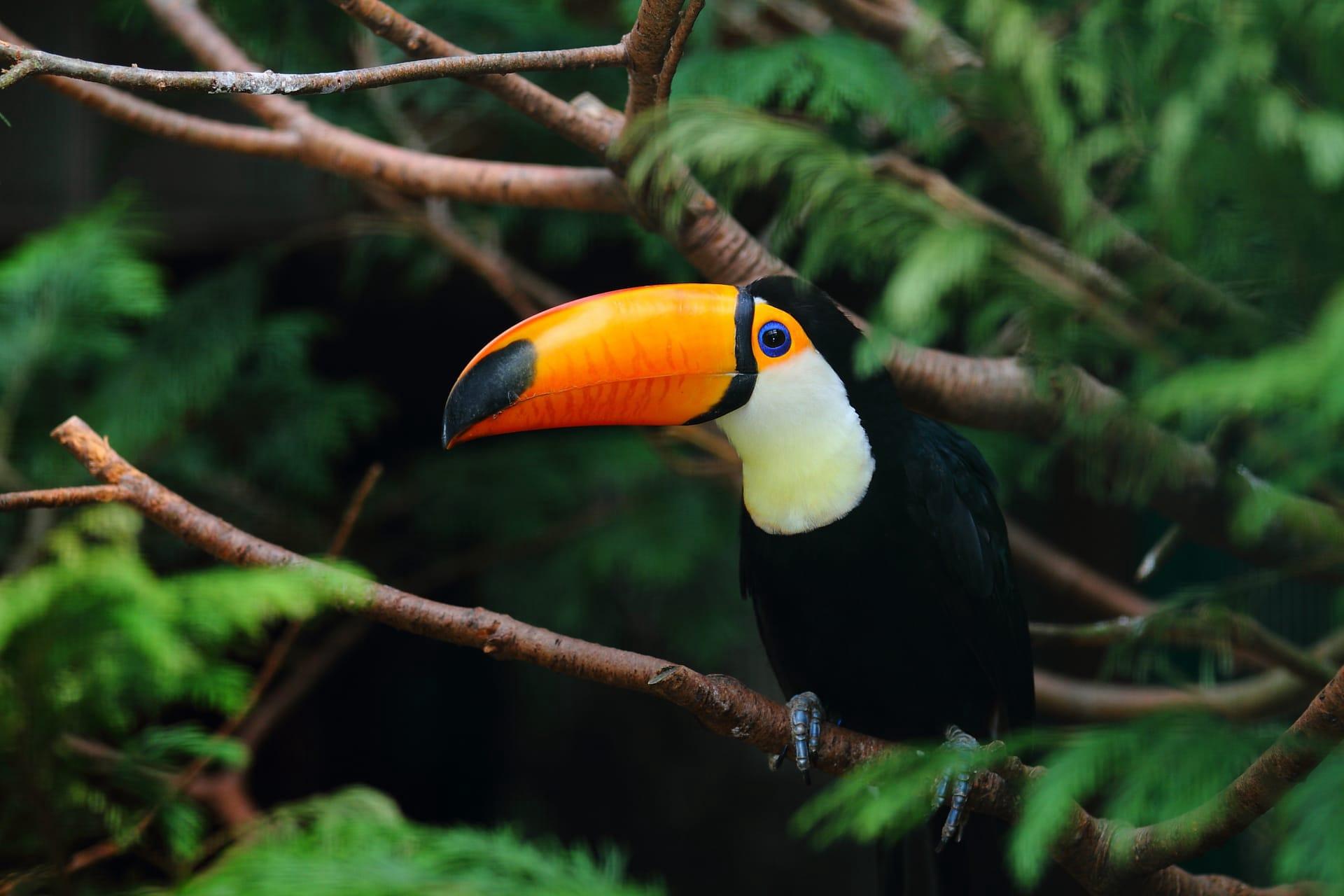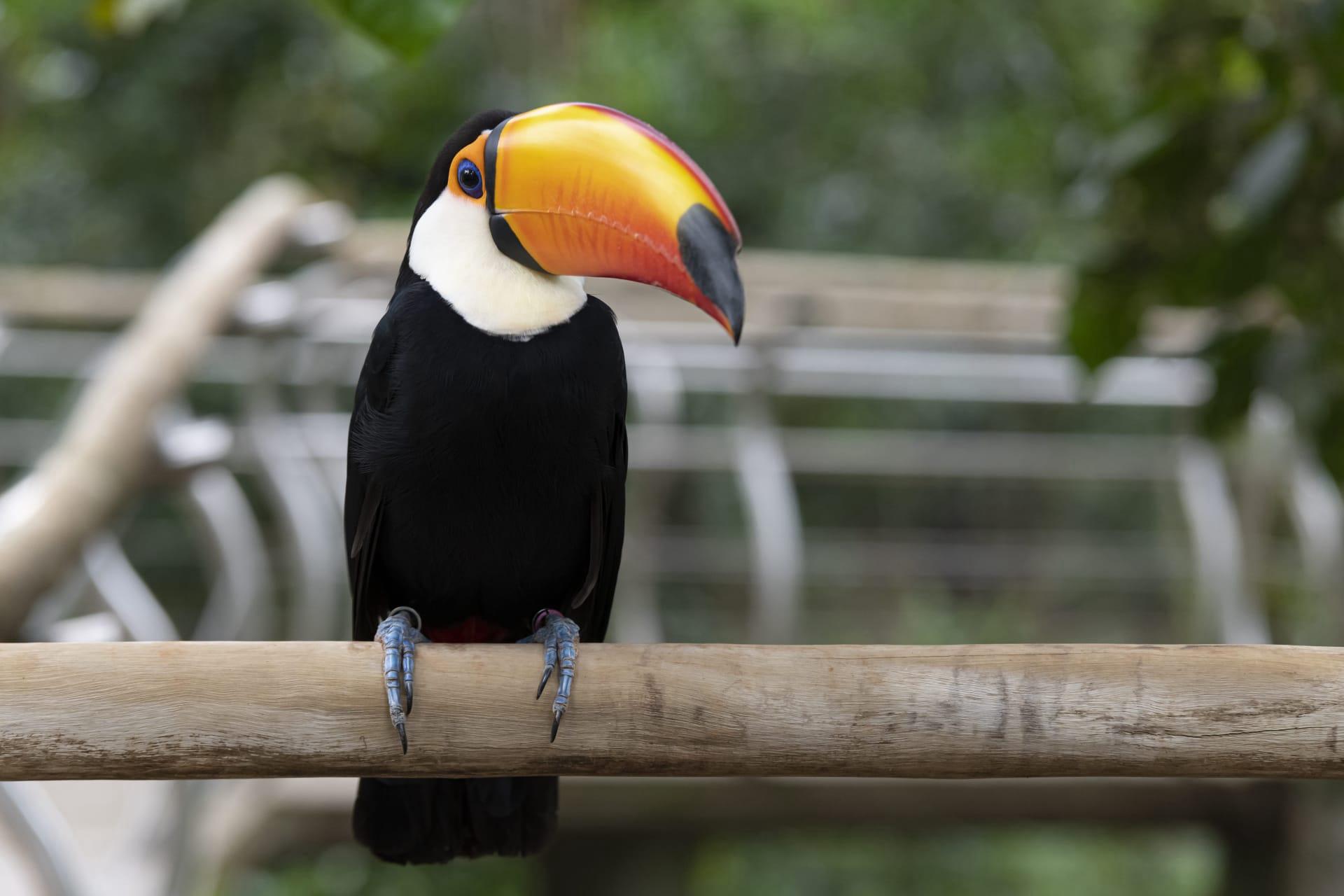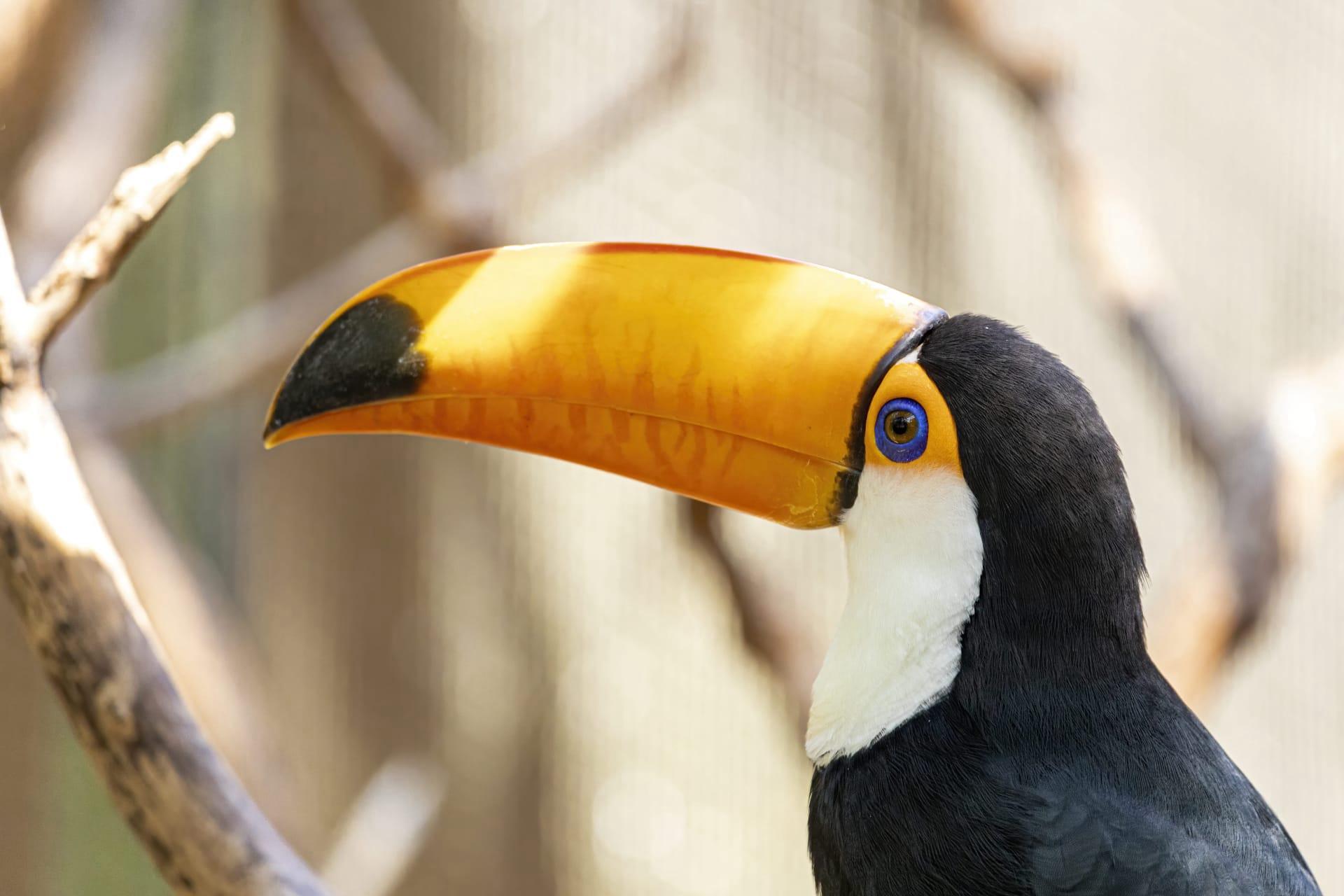1
The Toucan, a vibrant bird known for its large, colorful beak, has a beak that can grow up to one-third of its body length. In some species, like the Toco Toucan, the beak reaches up to 7.5 inches (19 cm) in length. This remarkable feature, despite its size, is surprisingly light. It's made of keratin (the same material as human hair and nails) and a network of thin rods of bone, making it strong yet lightweight. This adaptation aids the toucan in reaching and cutting fruits from branches that are too small to support the bird's weight.
Another fascinating aspect of the toucan is its role in the ecosystem as a seed disperser. These birds have a diverse diet, but they primarily eat fruits. What's interesting is how they eat. Toucans pluck and swallow the fruit whole, digest the flesh, and then excrete the seeds far from the original tree. This behavior plays a crucial role in forest regeneration and diversity. The seeds they disperse often sprout and grow into new plants, helping to maintain healthy rainforests.

2
Did you know that toucans regulate their body temperature using their beaks? Unlike most birds, toucans have the unique ability to adjust the blood flow to their beaks to control their body temperature. In cooler weather, they can reduce blood flow to their beaks to conserve body heat. Conversely, in warmer conditions, they increase blood flow to their beaks, which works like a radiator to release excess heat. This natural thermostat is vital for survival in their varied tropical habitats.
Toucans are also known for their social behavior. They are not solitary creatures and often live in small flocks of about six birds. These flocks are quite playful and engage in social activities like mutual preening and playing games with their beaks, like tossing fruit to each other. This social interaction is not just for fun; it also establishes and maintains bonds within the group, crucial for their cooperative lifestyle.

3
Toucans have a distinctive call, often described as a croak similar to a frog. This sound is used for communication within the flock and can be heard over half a mile away through dense rainforest. This vocalization plays a significant role in maintaining group cohesion and in the mating process. During the mating season, males and females engage in a duet of calls as part of their courtship.
Another intriguing fact about toucans is their nesting behavior. They do not build their own nests but instead find hollows in trees, often those created by woodpeckers or other birds. These nests can be quite high off the ground, sometimes over 100 feet (30 meters) up in the air. The toucan pair shares the responsibility of incubating the eggs and feeding the chicks, which is a unique example of avian cooperation and parenting.

4
Toucans have a remarkable ability to use their large beaks with great precision. Despite its size, the beak is very sensitive and maneuverable. Toucans can use it to skin fruit, gently feed their young, and even pick up small objects. This versatility is essential for their survival, as their diet is varied and requires different ways of handling food.
Another interesting feature of toucans is their vibrant plumage, which serves more than just aesthetic purposes. The bright colors act as a form of communication and camouflage. In the dappled light of the rainforest, their colorful feathers can blend into the background, helping them hide from predators. On the other hand, the vivid colors are also used to attract mates and to recognize individuals within their species, playing an important role in their social structure.

5
Toucans play an essential role in tribal and cultural symbolism in the regions they inhabit. Indigenous tribes often view them as symbols of communication and showmanship. The bird's prominent features, such as its large beak and colorful appearance, have made it a popular figure in folklore and myths, symbolizing the power of voice and the importance of vibrant expression.
Toucans are incredibly adaptable birds. They are found in a variety of environments, from dense rainforests to more open savannah areas. This adaptability extends to their diet as well; while they prefer fruit, they are opportunistic feeders and will also eat insects, small lizards, and even eggs of other birds. This flexibility in both habitat and diet has been crucial in their survival across different regions and changing environmental conditions.